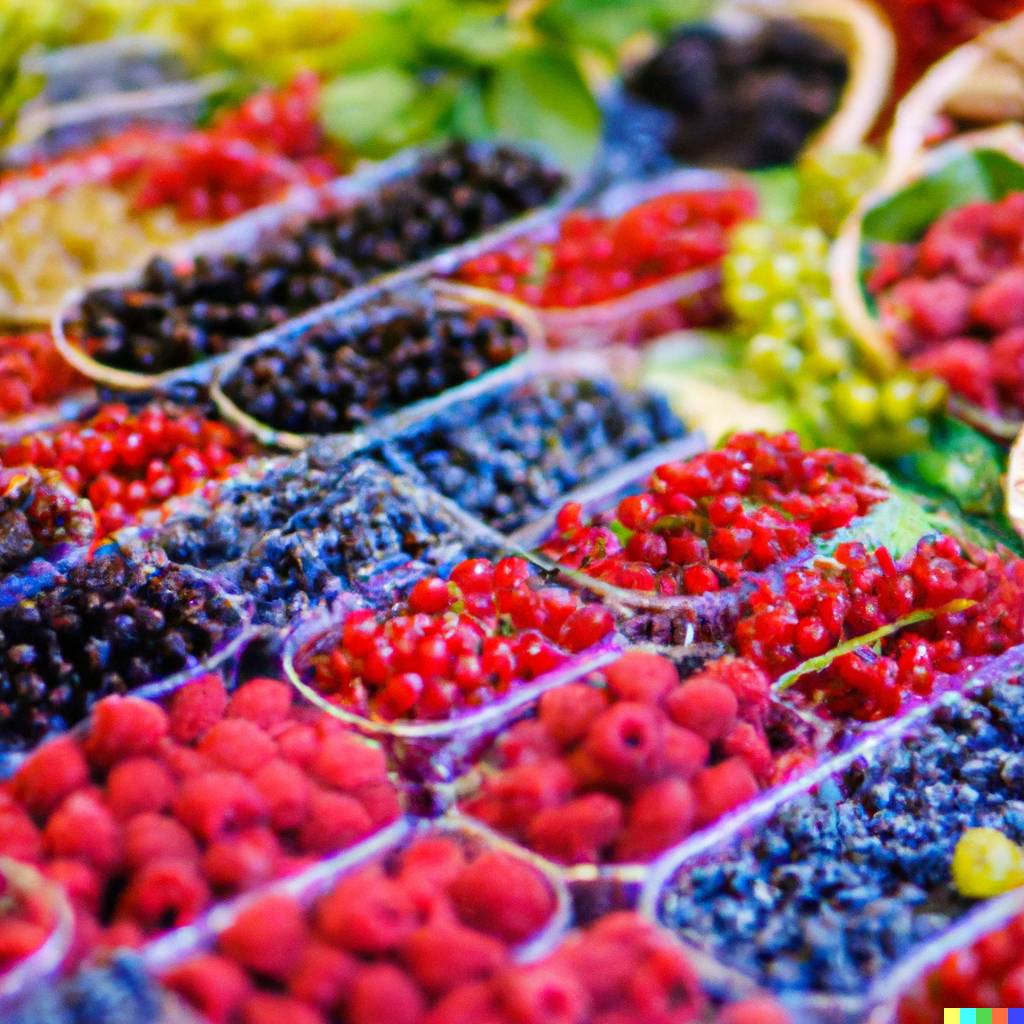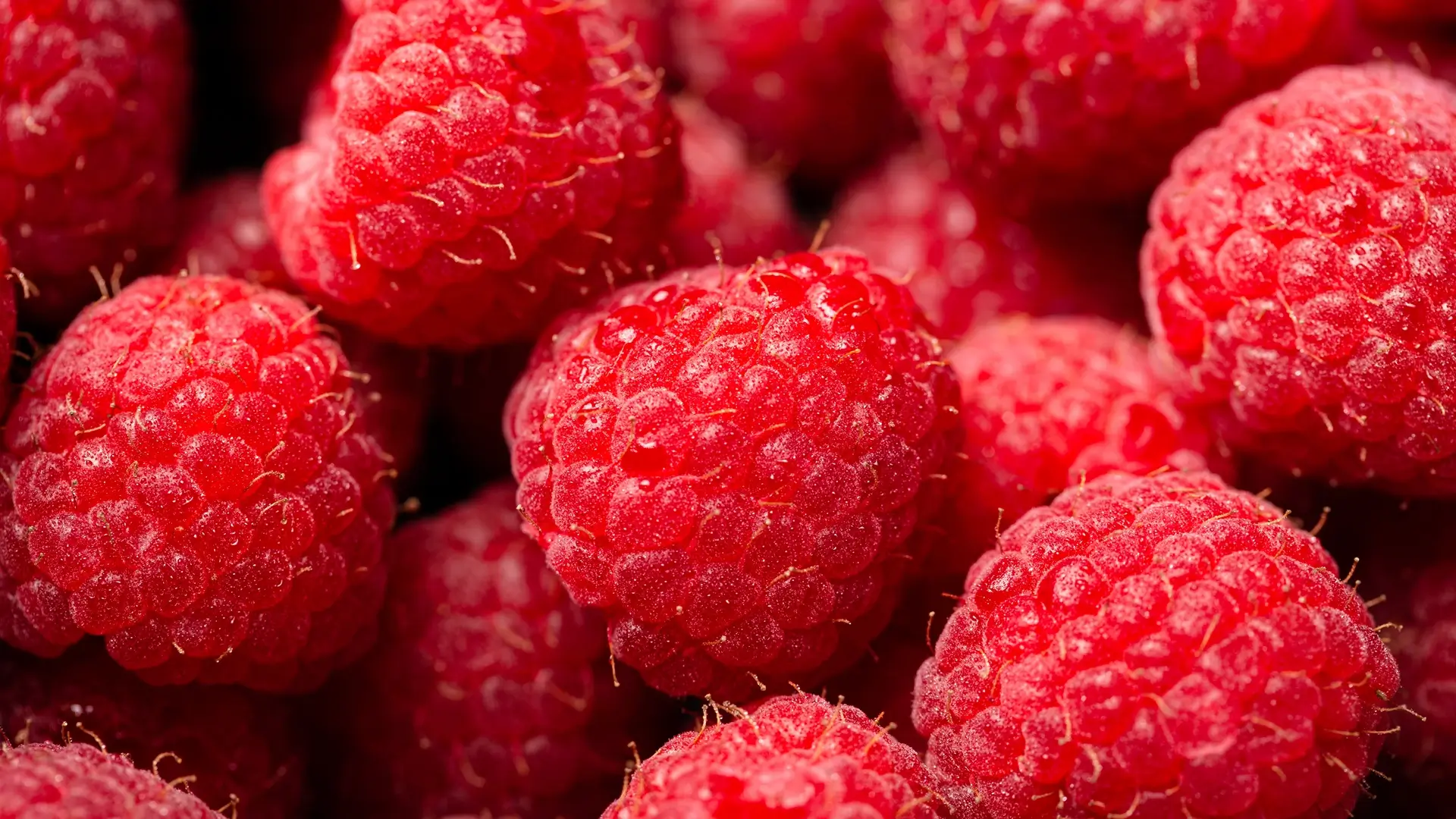In the recent "Fresh Trends 2020" survey carried out in the US by "The Packer" two thirds of consumers said they buy more fruit and vegetables than they did 20 years ago. At the top of the list of products that consumers said they buy now and did not buy previously is avocado, followed by asparagus and broccoli.
PENETRATION
Penetration (which measures the % of consumers who have purchased the product in the past 12 months) for berries places strawberries on the podium in the fruit category. They are followed in the fruit department by blueberries in 8th position (up two positions from last year when it was at 10th). raspberries in 14th place and the blackberries in 17th place.
The blackberries, the small fruit consumed by fewer households, still has higher penetration than plums and nectarines.

BLACKBERRIES
blackberries are consumed at least once a year by 18% of consumers surveyed.
Purchases of blackberries are influenced by consumer income.
For the sixth consecutive year, buyers in the highest income bracket were more than twice as likely to purchase blackberries than those earning less than $25,000 per year. In fact, this high-end group was the most likely to buy blackberries overall.
63% of blackberries consumers buy only conventional product and 16% buy only organic. Another 16% purchased both blackberries conventional and organic in the past year.

With regard to ethnicity, the highest penetration is found among the white/Caucasian group (21%) and the lowest among black/African Americans (11%),

blackberries are popular in all regions; this year Midwesterners were the most likely to buy, but regional popularity seems to vary from year to year.
The likelihood of a blackberries purchase increases with age, as it did last year. Buyers over the age of 59 were among the most likely to purchase blackberries.
BLUEBERRIES
blueberries continue to attract new crowds of consumers: they were the second most popular fruit that consumers said they had tried last year and had never eaten before, and 34% of consumers say they have bought them at least once in the last 12 months.

Affluent consumers are more likely to buy blueberries than those who earn less. Multi-year trends show that shoppers in the highest income bracket are almost twice as likely to buy blueberries as those with the lowest incomes, and this year the same pattern is repeated.
49% of households with an annual income of more than $100,000 bought blueberries in the last 12 months, compared to 22% of households with an income of less than $25,000.

The consumer of blueberries has a forward-looking age profile, with the 18-39 age group showing lower penetration than the older groups, with a peak of 21% in the 59+ group.

LAMPONI
Raspberry purchases are influenced by income. Consumers in the highest income bracket - the group most likely to buy berries in excess - are more than twice as likely to buy berries as those in the lowest income bracket - the group least likely to buy overall. This marks the ninth year that the likelihood of a raspberry purchase has increased according to income.
In addition to wealthier consumers, Caucasian consumers, those aged 59 and over and those living in the Midwest were among the most likely to buy raspberries.
22% of consumers surveyed said they had bought raspberries at least once in the previous 12 months.

Marketing to African American consumers seems like a smart move. Over the past five years, this ethnic group has been the least likely to buy berries, a trend that continues this year. Black consumers have long been consistently among the least likely to buy berries.
66% of raspberry consumers buy only conventional and 14% buy only organic. Another 17% bought both conventional and organic raspberries in the last year.
CRANBERRIES
Cranberries are a traditional product in the United States and are mainly bought around Thanksgiving time.
Their consumption is largely driven by income, with consumers earning $50,000 or more being the most likely to buy red blueberries . In fact, this group is twice as likely to make a purchase as those in the lowest income bracket. This is the ninth consecutive year that the likelihood of a red blueberries purchase increases with income.
Families with children were more likely to buy cranberries than those without; those with two children living at home were the most likely to buy cranberries.
The share of consumers buying only organic cranberry is 17%; 57% buy only conventional and 20% have bought both organic and conventional in the last 12 months.
MYFRUIT'S IN-DEPTH LOOK AT FRESH TRENDS 2020 RESEARCH
ARE YOU INTERESTED IN THE UNITED STATES?
Continue reading with more articles on the United States by Italian Berry

Source: The Packer










